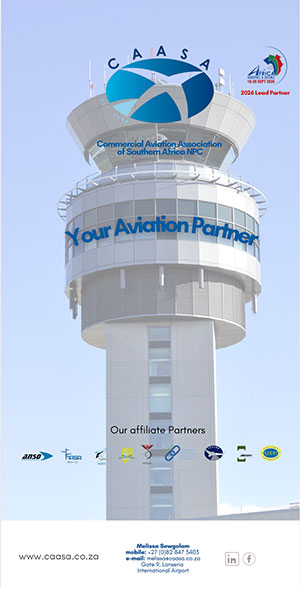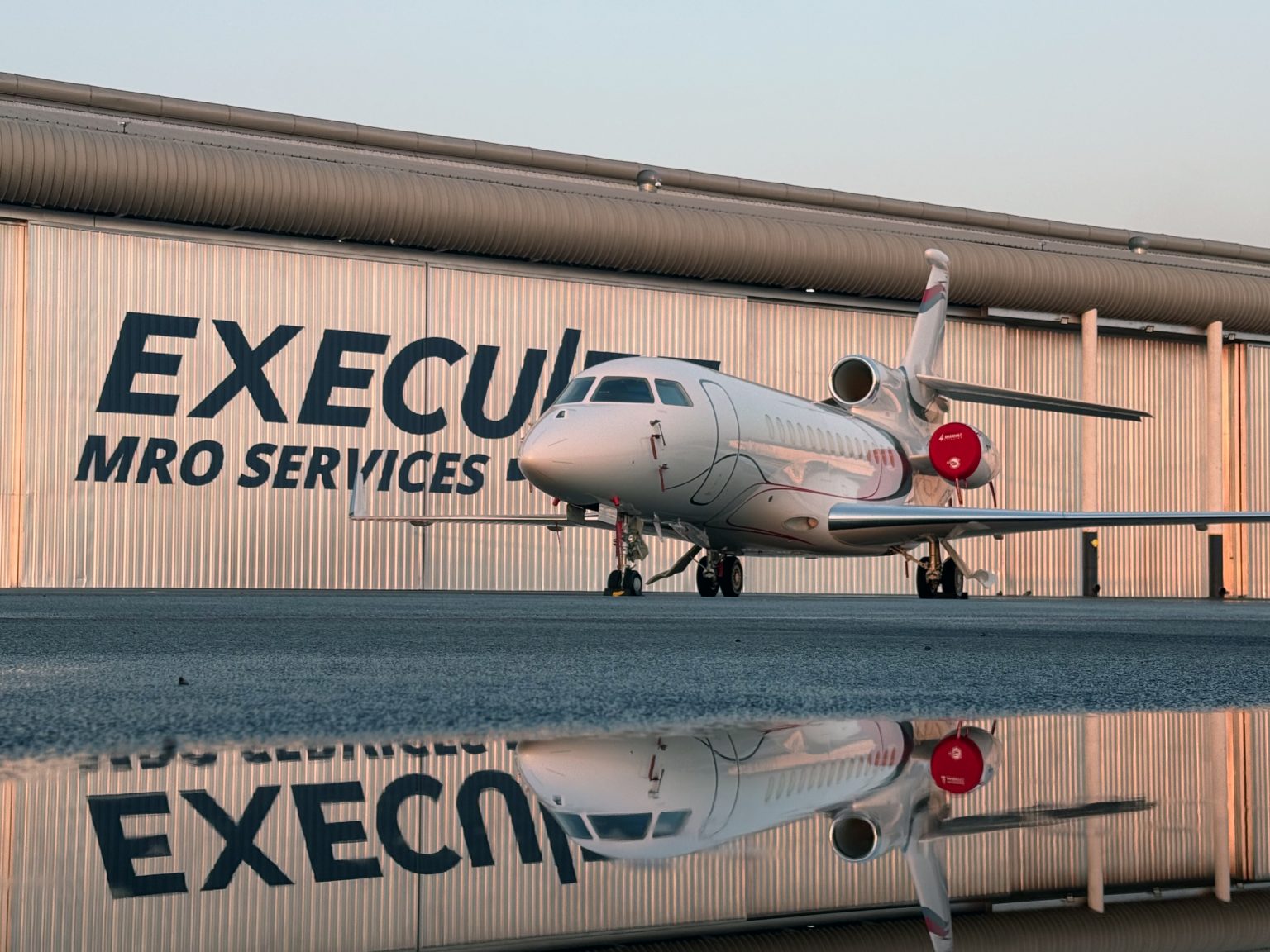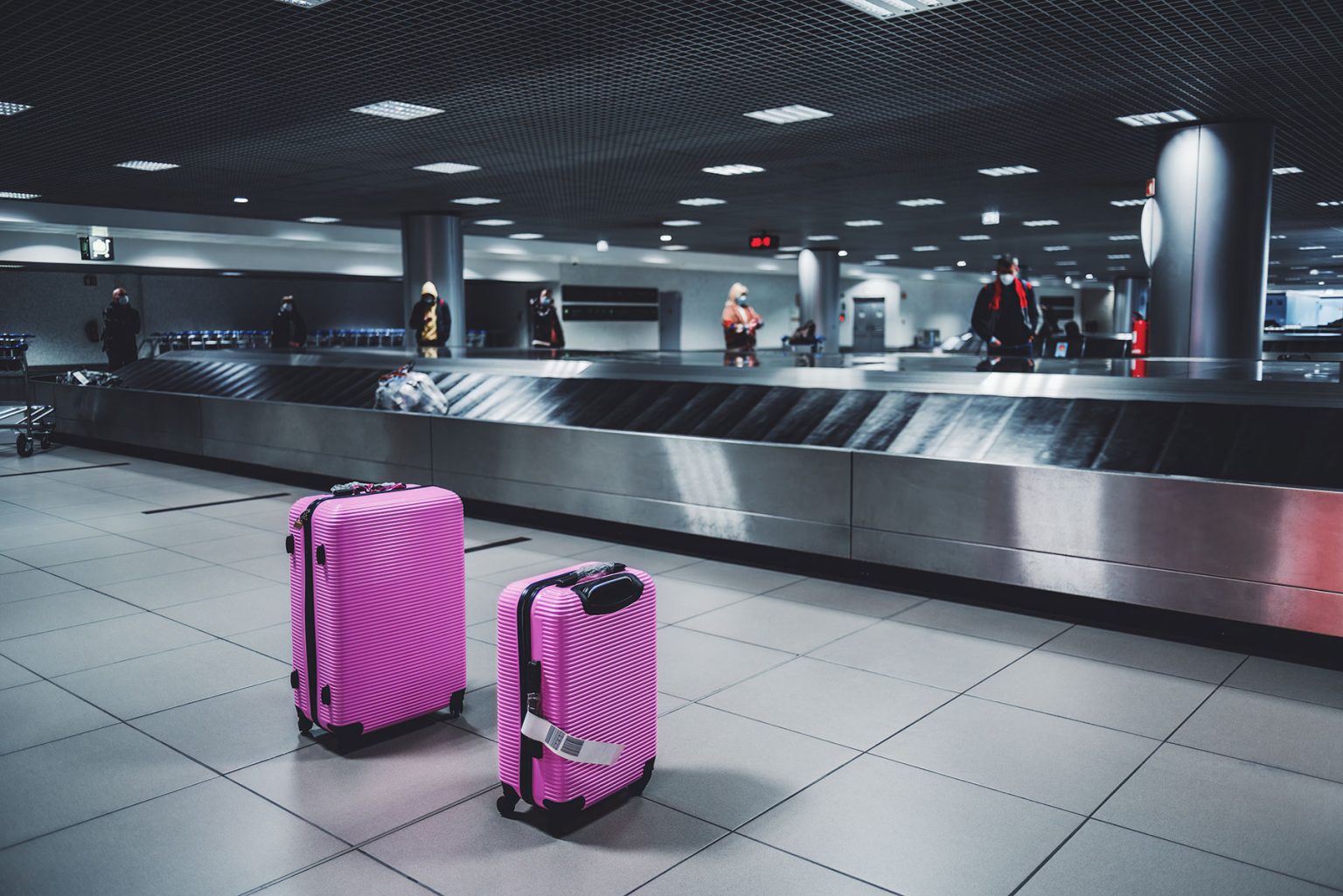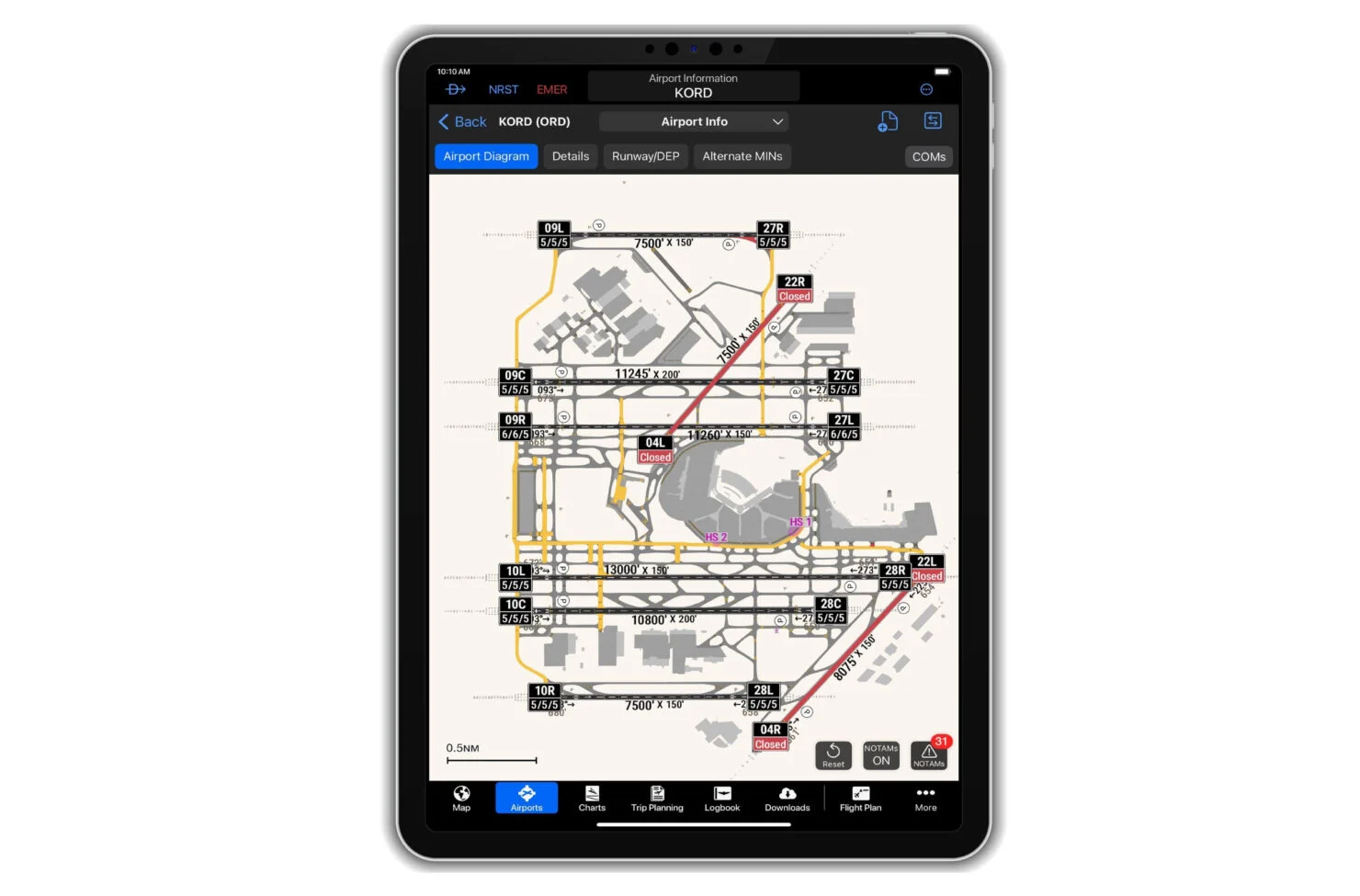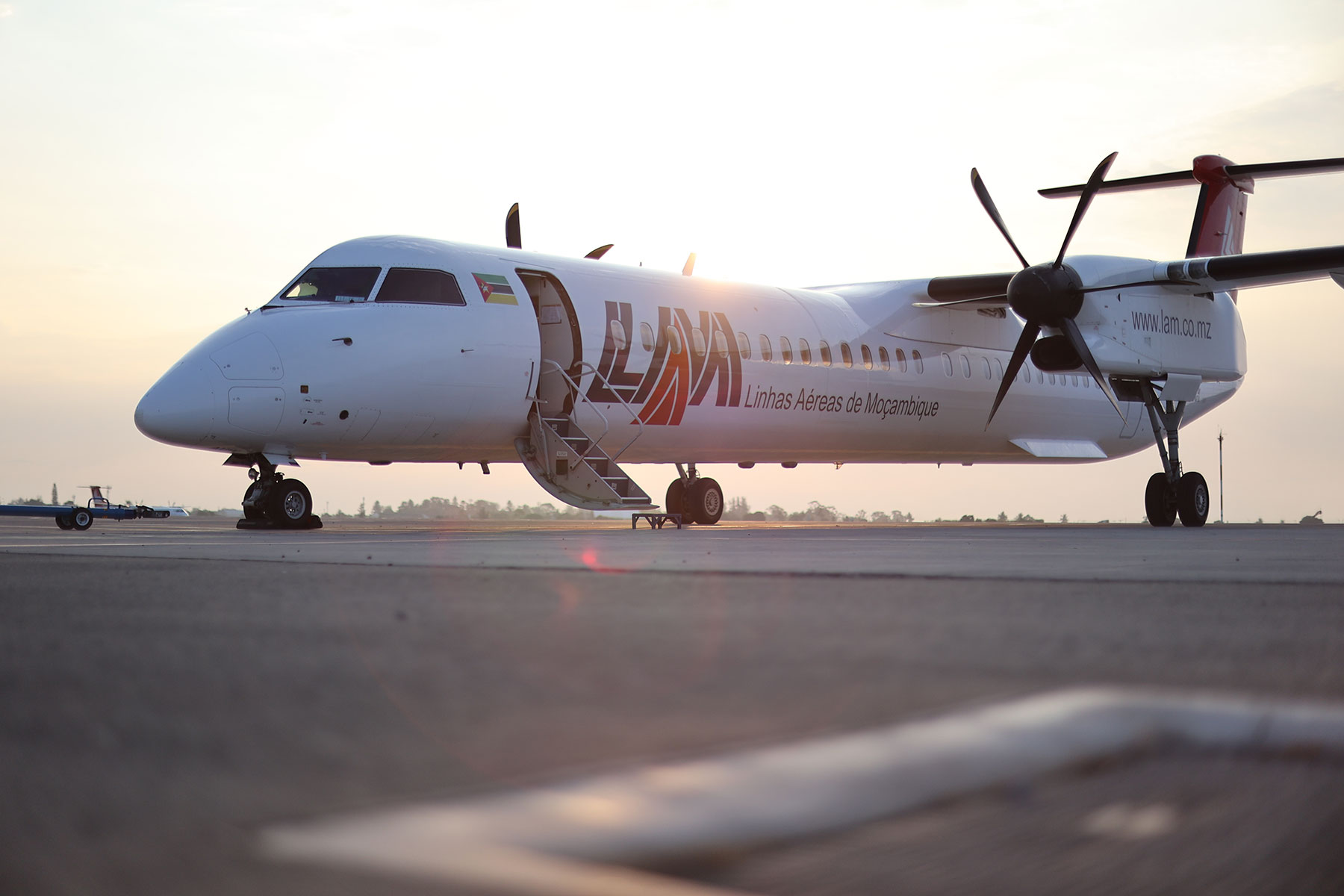During a recent parliamentary question session in the Assembly of the Republic, the Government provided a detailed update on the restructuring of Linhas Aéreas de Moçambique (LAM), following inquiries from Renamo regarding fares, shareholder changes, aircraft acquisition and the use of foreign languages on domestic flights. Additional questions were raised on the limited market openness within Mozambique’s civil aviation sector.
The Minister of Transport and Logistics, João Jorge Matlombe, explained that LAM’s airfares continue to reflect a high cost structure influenced by excess staffing levels, elevated leasing expenses and reliance on imported Jet A-1 fuel. The Government is implementing cost-reduction measures, route optimisation and fleet renewal to progressively improve fare affordability while maintaining the airline’s sustainability.
As part of the sector reforms, the Government approved the sale of 91 percent of the State’s shares in LAM earlier in the year, generating USD 130 million for recapitalisation, operational restructuring and new aircraft procurement. The new shareholder group, consisting of HCB, CFM, EMOSE and other public funds, is intended to reinforce the airline’s strategic national role while keeping it under public control.
The restructuring process anticipates improvements in LAM’s financial stability, operational performance and overall service reliability. Key expectations include the acquisition of company-owned aircraft, redesigned routes, improved punctuality, stronger customer retention and the rollout of a new Business Plan for 2025–2030 with defined performance targets.
On fleet modernisation, the Prime Minister, Maria Benvinda Levi, confirmed that two Embraer 190 aircraft are expected to join the fleet within the year, supporting the gradual transition away from reliance on leased aircraft.
The issue of foreign-language use on domestic flights was attributed to the presence of foreign crews under wet-lease arrangements, which follow international practices. The Government plans to reverse this progressively as dry-lease aircraft enter service and national crews take over, with measures already in place to ensure Portuguese-language support on every flight.
The restructuring effort includes a strong focus on human-resource optimisation. An internal assessment identified workforce excesses, leading to a phased reduction of 80 positions, with further adjustments planned through the closure of underutilised offices, outsourcing of specific functions and implementation of an integrated ERP accounting system. Compensation packages are being administered in accordance with labour legislation to ensure fairness and transparency.
The Government also acknowledged broader structural barriers that limit competition on domestic routes, including high fixed costs, uneven infrastructure and currency-related challenges. In response, it is advancing a phased liberalisation of airspace while retaining LAM as an anchor operator. This liberalisation is supported by two strategic instruments nearing completion: the Air Transport Service Regulation, which will require operators to serve low-demand social routes, and the Civil Aviation Master Plan, which will set out long-term development priorities for the sector.
The overall restructuring of LAM is framed as an essential step towards restoring the national carrier’s efficiency, strengthening public service obligations and repositioning the company as a source of national pride.


